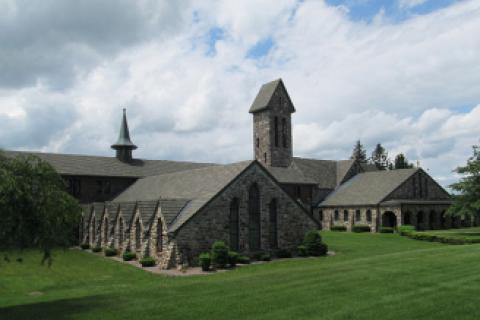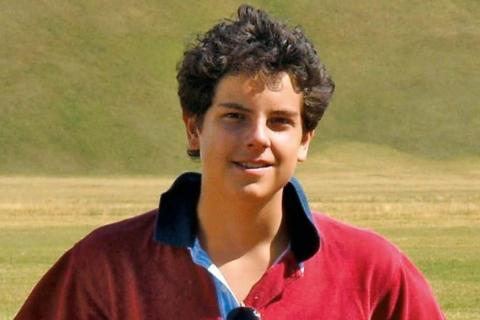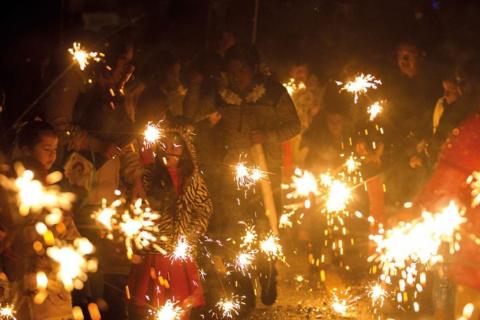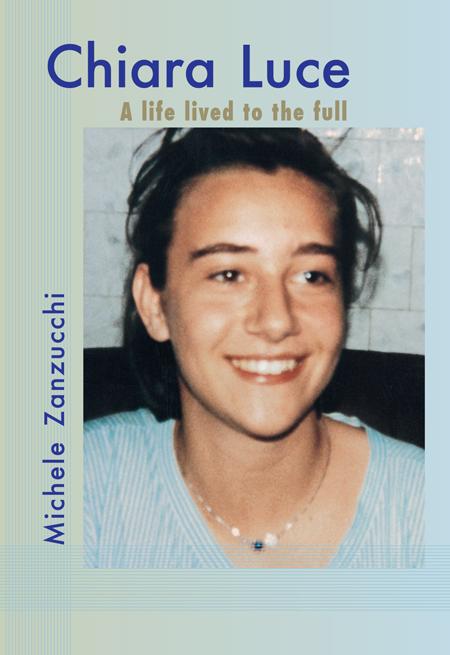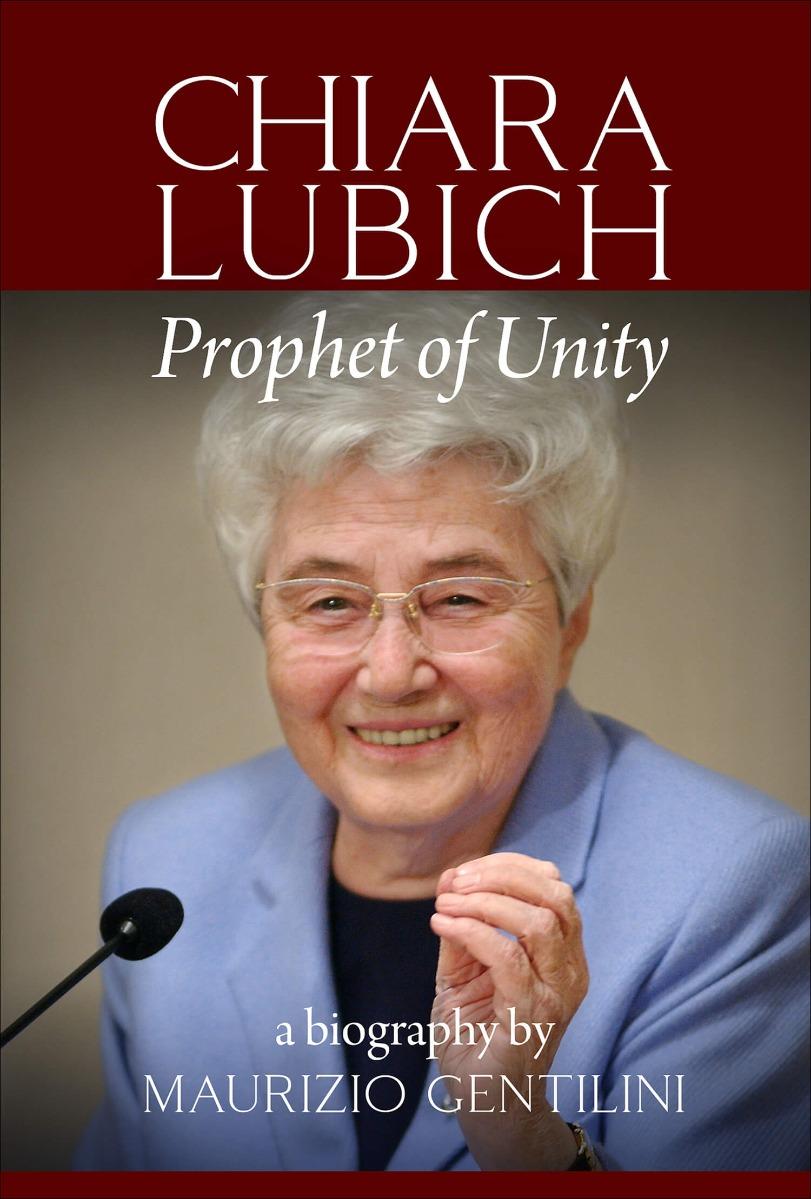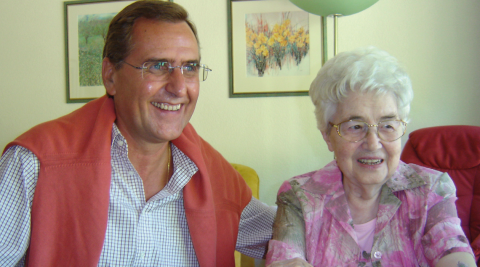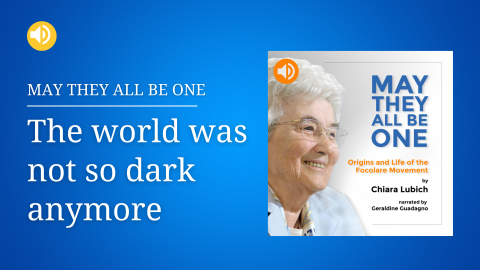The “holy journey,” worldwide conference calls, large-scale events for young people, families, priests, society and the economy
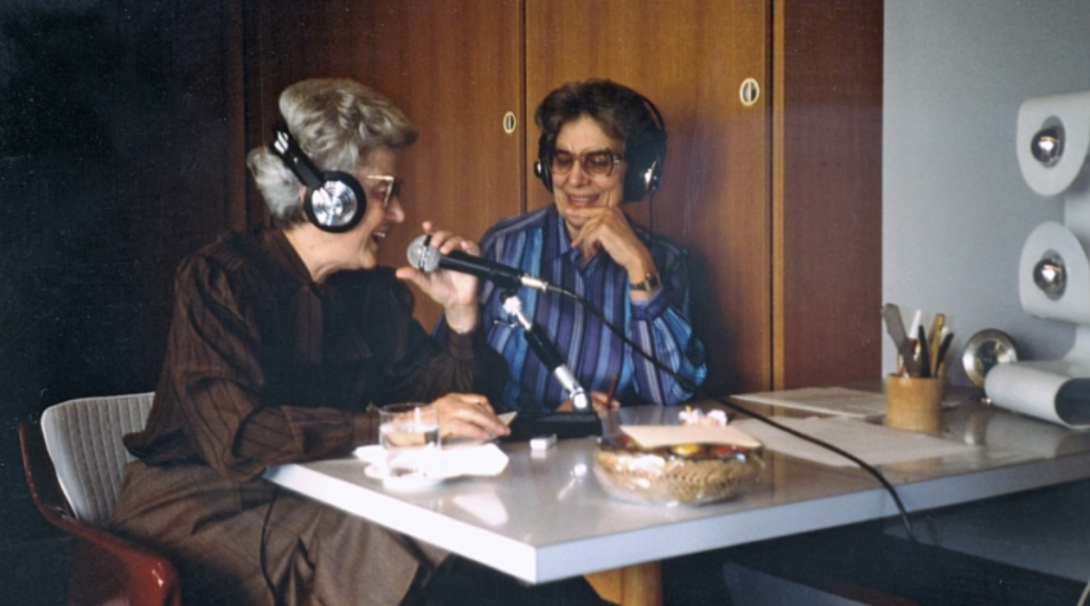
Chiara Lubich and Eli Folonari during one of the first international conference calls
In 1980 Chiara Lubich was 60 years old. A long stretch of life was now behind her. It was time to take stock. The reality of death kept coming to her mind, and she felt she was not ready for it.
She thought back to when, in 1944, Jesus had revealed to her what seemed to be his most intimate wound, the hidden wound of his abandonment (see Mt 27:46). She felt he was telling her: “It was to you that I revealed myself as ‘forsaken.’ For twenty centuries I focused on you for this. If you don’t love me, who will?”
That question resounded insistently in her heart. She felt she couldn’t waste any more time. She asked Jesus to give her a decisive push so that she could conclude her life in the best possible way.
On December 31, while speaking to a thousand young people, Chiara invited them to take off with her on a journey, a race, with the goal of loving Jesus Forsaken “always, immediately and with joy.”
The holy journey
This marked the beginning of what, several months later; she called the “holy journey.” It was a journey taken together with many members of the Focolare, who also had their eyes fixed on their final encounter with God.
Soon thousands of people, from all continents, joined that first group, forming a solid block of people eager “to reach holiness of life together” by loving one another out of love for God.
Every two weeks Chiara Lubich would connect with everyone through a worldwide telephone call and communicate to them a spiritual thought, which was the keynote that they agreed to live in their own place in society.
The conference call connection
God’s providential care is often manifested through external circumstances. Exactly at that time, technology made it possible to simultaneously connect many Focolare centers in the world through a conference call.
Thus, technology was put at the service of personal and collective evangelization, allowing an increasing number of people to experience “being one heart and one soul” simply by putting into practice a spiritual thought that Chiara offered them in each call.
In 2003, the number of connections reached 493 (98 directly from the U.S., with 395 from other countries), plus 412 calls that reached still more people in the following days.
This call was called “CH,” the geographic acronym for Switzerland, which is where the calls first began during the summer of 1980. This way of connecting people all over the world, in real time, has become characteristic in Focolare and a highlight in the life of its members.
Large-scale gatherings
While God was providing the Focolare with this instrument to promote communion and spiritual growth among its members, he also made it more visible to the outside world. In fact, in the early 1980s a succession of major events was held in Rome.
In 1980, 40,000 young people gathered for a Genfest at the Flaminio Stadium. In 1981, the Familyfest was held at the Palaeur Sports Arena with 22,000 participants, representing families from all over the world, while in 1982, 7,000 priests and men religious met in the Paul VI Hall in the Vatican.
In 1983, the New Humanity Movement entered public life, showcasing its life and achievements to 15,000 people gathered in the Palaeur Sports Arena, and in 1984, a day of reflection on economics and work was hosted at the Ergife Palace Hotel with 3,000 participants.
All these events gave evidence of the wide spectrum of people attracted by the spirituality of unity. They were also proof of the maturity of the movement, which was bringing the light of the Gospel into every arena of society, giving new life to the Church itself.
John Paul II addressed these events in a variety of ways, with words of encouragement for the movement and for Chiara personally. At the Genfest, he told her, “Always be an instrument of the Holy Spirit.” These words gave Chiara new freedom in offering her charism to the whole Church.
During the Familyfest, perhaps because of the family atmosphere and the warmth and unity he felt surrounding him, the pope said: “I said earlier that my wish for you [families] is that you be the Church. Now I say that I wish the Church to be [like] you.”
These were moments of great emotion for Chiara, of gratitude to God and of new impetus. Two weeks later, the pope was shot in St. Peter’s Square, which left everyone shocked and praying for his health.
To become saints
We have seen that our motto, “Always, immediately and with joy,” corresponds perfectly with what is required to reach holiness of life, to become saints. Therefore, here in Rome we all decided to begin the year 1981 by loving Jesus Forsaken, always, immediately and with joy. Loving him in all the small trials and also in the big ones. I would be very happy if, all over the world, as many people as possible in the movement would begin the year with us in the same way.
Chiara Lubich on a conference call, Rocca di Papa, Italy, January 2, 1981
The family
What is the family for God? … When God created the world, he created a family. When Jesus became a man, he was part of a family. When he began his mission and manifested his glory, he was at a wedding, the celebration for a new family. This alone would suffice to help us understand what the family is for God…
The family is nothing less than an intertwining of relationships, a repository, a mystery of love: nuptial love, maternal love, filial love, fraternal love, love of a grandmother for her grandchildren, the love of the children for their grandfather, for their aunts, for their cousins. Nothing else constitutes the family, binds it together, makes it be, but love…
If the family has failed in the world, it is because love has diminished. When love dies out, the family disintegrates. This is why families need to go back to the source of love.
Only God who is love knows what the family is; he is the architect who designed it as a masterpiece of love, a sign, a symbol, the prototype of every other design of his. If he fashioned the family, molding it with love, he can also heal the family with love.
Chiara Lubich to families – Palaeur Sports Stadium, Rome, Italy, May 3, 1981
First published in Città Nuova, Italy.



